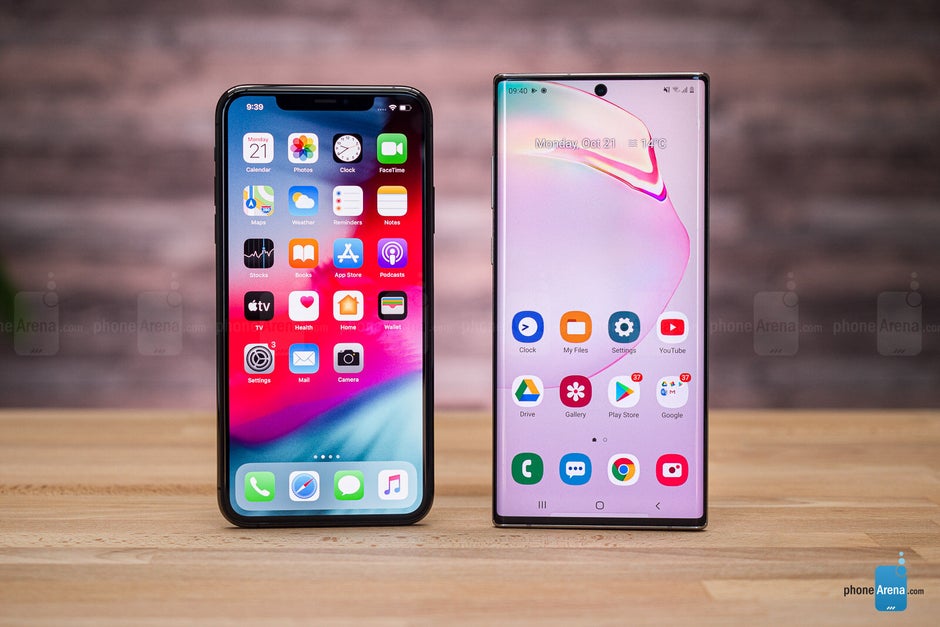


The iPhone 11 has significantly faster 4G LTE speeds than the iPhone XR. It enables ultra-precise location sharing which Apple boasts is “going to lead to amazing new capabilities” but details remain thin on the ground so it’s impossible to say whether this is a must-have advantage at this stage. The iPhone 11 family also has Apple’s mysterious new U1 Ultra-Wideband chip. Īpple's A13 Bionic is the fastest smartphone chipset in the world Apple Tip: ignore the term ‘Bionic’ because it’s marketing nonsense. That’s a jaw-dropping amount but, given the class-leading stamina of the iPhone XR last year, not a deal maker in itself. This year, Apple dropped its usual focus on the raw performance of its latest A chip to talk about efficiency and with good reason: the A13 is 40% more efficient than the A12. iPhone XR - Apple A12 ‘Bionic’ chipset: Six-Core CPU, Four-Core GPU, M12 motion coprocessor.iPhone 11 - Apple A13 Bionic chipset: Six-Core CPU, Four-Core GPU, Neural Engine - 8 cores.Read more - Apple iPhone 11 Vs iPhone 11 Pro: What's The Difference?Īpple’s A Series chipsets continue to dominate smartphone performance but the A13 looks set to do so in a different way. Again, this should come to the iPhone XR but we don’t yet know for sure. Less certain is Deep Fusion, Apple’s new computational image processing which hopes will compete with Google’s Pixel prowess. On the software side, the long-awaited Night mode debuts with the iPhone 11 but it should also come to the iPhone XR with iOS 13.


 0 kommentar(er)
0 kommentar(er)
